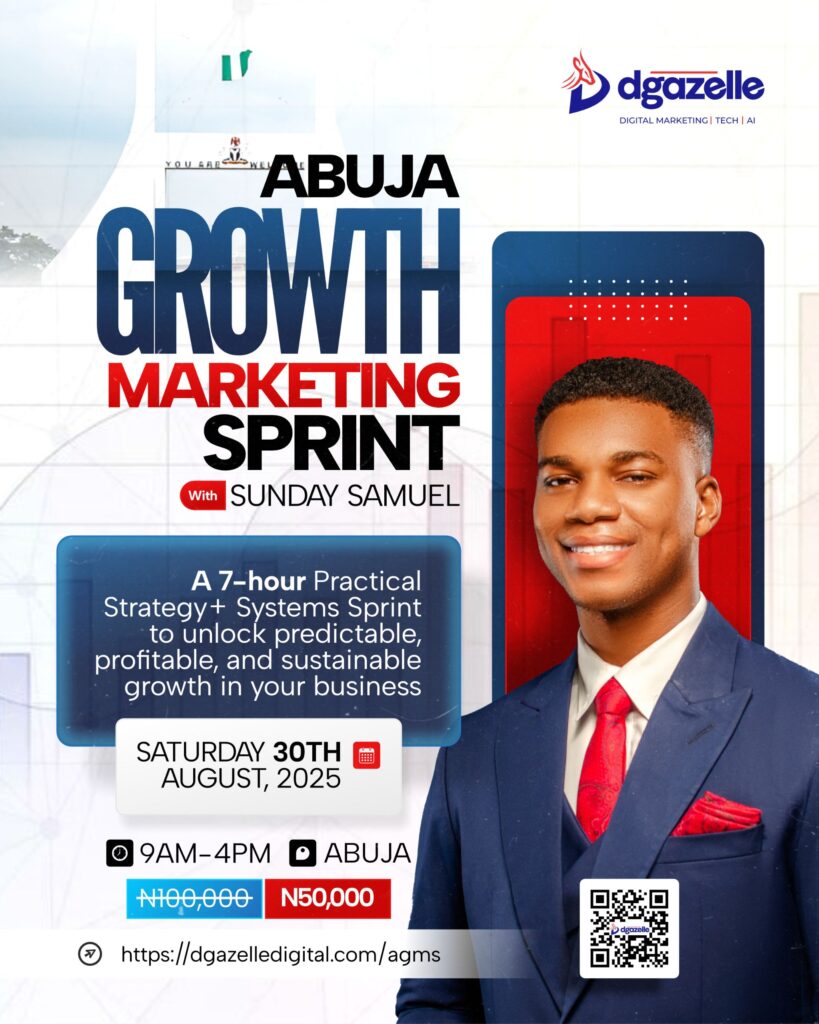In today’s digital world, driving traffic to your website is just the beginning. The real victory lies in converting those visitors into leads, customers, and advocates. A conversion-focused website doesn’t just look good; it performs. It works around the clock to bring in business, build trust, and boost your bottom line.
So what exactly makes a website conversion-focused? Let’s dive into the essential elements that separate high-performing websites from the rest.
1. Clear Purpose and Strategic Design
A conversion-focused website is built with strategy, not just aesthetics. Every page, every section, and every button serves a purpose. The design isn’t just about being beautiful; it’s about guiding your visitors toward a specific action.
When a visitor lands on your website, they should instantly understand:
- Who you are
- What you do
- How you can help them
The layout should follow a logical flow, leading users naturally from interest to action. No clutter. No distractions. Just clean, intentional design aligned with your business goals.
2. Compelling Value Proposition Above the Fold
Your website’s hero section (the part seen before scrolling) is prime real estate. Use it wisely.
A strong, benefit-driven headline accompanied by a subheading and clear CTA (call to action) can drastically improve engagement and reduce bounce rate. It must answer these questions:
- What’s in it for me?
- Why should I care?
- Why should I act now?
Avoid generic statements. Instead, be specific. Highlight the main benefit or outcome your audience will get by working with you.
Example:
“Double Your Monthly Leads with a Website Designed to Convert Visitors Into Clients.”
3. Strong, Strategic Calls to Action (CTAs)
CTAs are the heart of conversions. They guide your visitors to take the next step.
A high-converting CTA:
- Is clear and action-oriented (e.g., “Get Started Now,” “Book Your Free Call”)
- Uses urgency or scarcity when appropriate (e.g., “Limited Spots Available”)
- Stands out visually with contrasting colors and clean design
CTAs should appear multiple times throughout your site, after each major section, near testimonials, and at the bottom of key pages. Test different CTA styles and placements to see what performs best.
4. Customer-Centric Copy That Connects
Your website copy should speak directly to your target audience’s pain points, desires, and objections. Don’t talk about features; talk about benefits.
Instead of saying:
“We design beautiful websites.”
Say:
“We build websites that generate leads, drive sales, and grow your business.”
Use simple, persuasive language. Avoid jargon. Highlight how your service or product changes lives or solves specific problems. Your tone should be confident, clear, and conversational.
5. Trust-Building Elements and Social Proof
Visitors are skeptical. They need reassurance before taking action.
Integrate social proof throughout your site:
- Client testimonials with names and photos
- Case studies showing real results
- Trust badges, certifications, or awards
- Reviews from Google, Facebook, or Trustpilot
- A portfolio of success stories
These elements boost credibility and reduce friction. Make them visible on your homepage, service pages, and near CTAs.
6. Mobile Optimization and Speed
With over 55% of global web traffic coming from mobile devices, your website must be fully optimized for smartphones and tablets.
Key mobile-friendly practices:
- Responsive design that adapts to all screen sizes
- Large, clickable buttons
- Streamlined content and navigation
- Fast load times (aim for under 3 seconds)
Use tools like Google PageSpeed Insights and GTmetrix to test your mobile performance and make necessary adjustments. A slow, clunky site loses conversions fast.
7. SEO Foundation and Visibility
A conversion-focused website can’t convert if it can’t be found.
Implement SEO best practices:
- Optimize page titles and meta descriptions
- Use proper heading structures (H1, H2, H3)
- Include target keywords naturally in your content
- Create internal links between relevant pages
- Submit your sitemap to Google Search Console
Combine SEO with content marketing to attract qualified traffic. Blog posts, case studies, and FAQs help you rank for long-tail keywords while positioning you as an expert.
8. Lead Magnets and Email Capture
Not every visitor is ready to buy right away. That’s why capturing email addresses is critical.
Offer high-value lead magnets such as
- Free guides or e-books
- Checklists or templates
- Email courses or webinars
- Discounts or free trials
Place opt-in forms throughout your site in popups, sidebars, exit intent banners, and at the end of blog posts. Once you capture leads, nurture them through email marketing until they’re ready to convert.
9. Analytics and Continuous Optimization
What gets measured gets improved. Conversion-focused websites rely on data.
Use tools like
- Google Analytics to track user behavior
- Hotjar or Microsoft Clarity to see heatmaps and session recordings
- A/B testing tools to optimize headlines, CTAs, and layouts
Track your KPIs:
- Conversion rate
- Bounce rate
- Average session duration
- Scroll depth
Make iterative changes based on performance data. A/B test key pages regularly to boost conversions over time.
Final Thoughts: Design Alone Doesn’t Convert. Strategy does.
Your website isn’t just a digital presence; it’s a sales asset. When it’s built to convert, it works day and night to grow your business. That means more leads, more sales, and more freedom.
At Dgazelle Agency, we don’t just design websites. We craft conversion-focused experiences that align with your business goals, speak to your audience, and deliver measurable results.
Ready to Turn Your Website Into a Sales-Driving Machine?
Let’s build a website that not only attracts visitors but also turns them into customers.
✉️ Contact Dgazelle Agency today for a free consultation, and let’s start transforming your online presence into a powerful business tool.
Click here to contact us today







